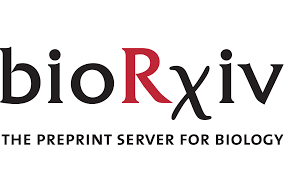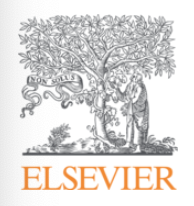Abstract:
Openly available community science digital vouchers provide a wealth of data to study phenotypic change across space and time. However, extracting phenotypic data from these resources requires significant human effort. Here, we demonstrate a workflow and computer vision model for automatically categorizing species color pattern from community science images. Our work is focused on documenting the striped/unstriped color polymorphism in the Eastern Red-backed Salamander (Plethodon cinereus). We used an ensemble convolutional neural network model to analyze this polymorphism in 20,318 iNaturalist images. Our model was highly accurate (∼98%) despite image heterogeneity. We used the resulting annotations to document extensive niche overlap between morphs, but wider niche breadth for striped morphs at the range-wide scale. Our work showcases key design principles for using machine learning with heterogeneous community science image data to address questions at an unprecedented scale.
Links:

Citation:
@article{Hantak2022104784,
title = {Computer vision for assessing species color pattern variation from web-based community science images},
author = {Maggie M. Hantak and Robert P. Guralnick and Alina Zare and Brian J. Stucky},
journal = {iScience},
pages = {104784},
year = {2022},
issn = {2589-0042},
doi = {https://doi.org/10.1016/j.isci.2022.104784},
url = {https://www.sciencedirect.com/science/article/pii/S2589004222010562},
}
Maggie M. Hantak, Robert P. Guralnick, A. Zare, Brian J. Stucky, "Computer vision for assessing species color pattern variation from web-based community science images.", pp. 104784, ISSN 2589-0042, https://doi.org/10.1016/j.isci.2022.104784, iScience, 2022.